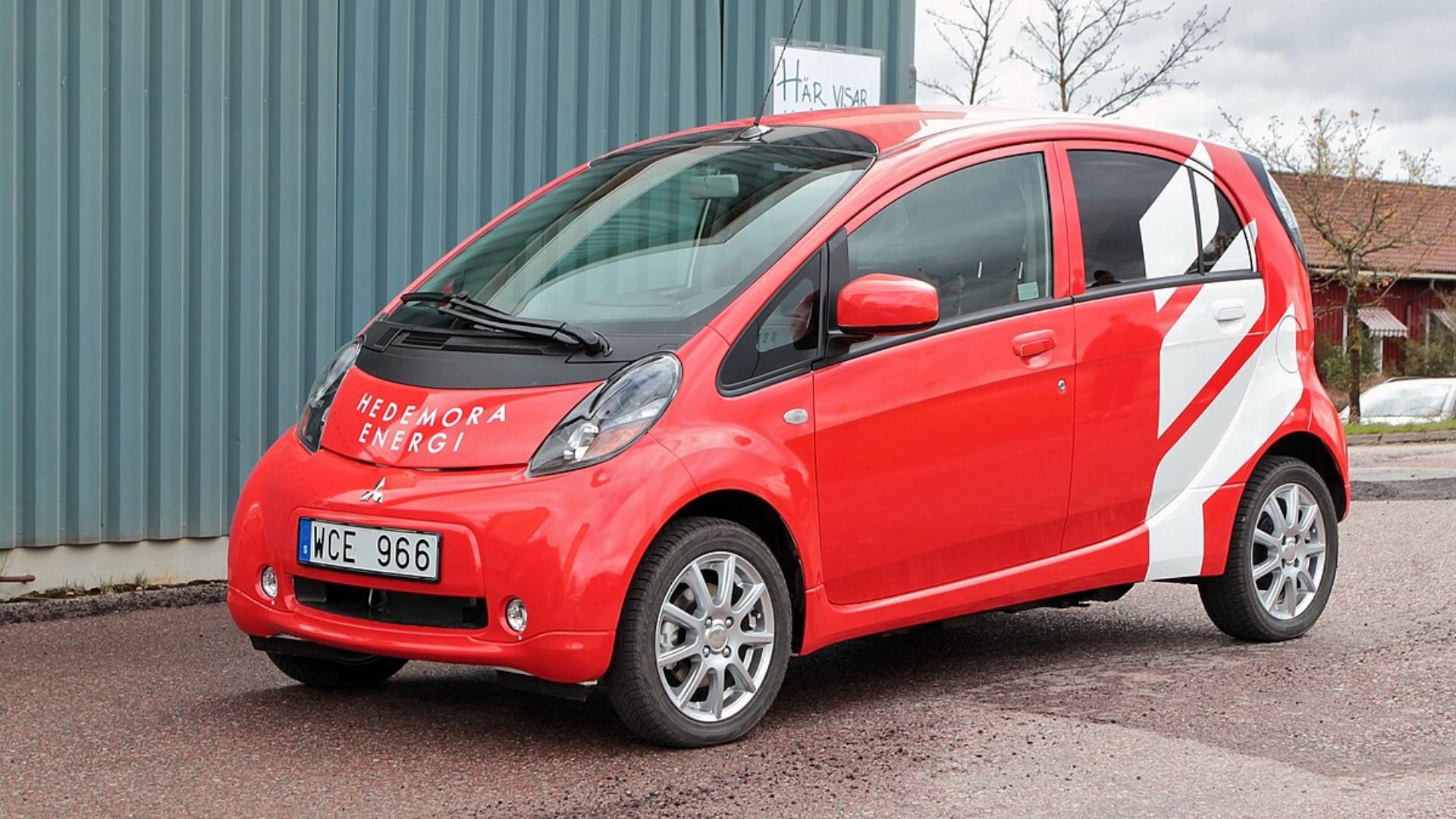
You know how some things just don’t land? Like a joke that falls flat or a recipe that looks better on Instagram. That’s kind of what happened with these electric cars. Big hopes, lots of buzz, and then…well, reality showed up.
These EVs had potential—some even looked the part—but quirks, bad timing, or just plain poor decisions held them back. These aren’t your average flops. They’re the kind that makes you wonder how the ball got dropped so hard.
If you’re into EVs or just curious where things went sideways, this list lays out the cars that totally missed their shot.
Chevy Spark EV

This car had real punch with 327 lb-ft of torque in such a tiny frame. But it just didn’t go far—literally. With only 82 miles on a full charge and almost no fast-charging options, it became a hard sell. Limited to select states and pulled after just three years, it quickly fizzled out.
Mitsubishi i-MiEV

It tried to be ahead of its time, but instead, it felt lost in it. The i-MiEV offered only 62 miles of range, and its tall, narrow design confused American buyers. With a nearly $30K price tag before incentives, it just didn’t click. Eventually, it bowed out of the global stage without much noise.
Nissan Leaf (First Gen)

What started as a game-changer didn’t age well. Its 73-mile range was already modest, but in hot climates, the battery degraded fast. No thermal management system meant costly replacements were common. It briefly ruled the EV market, but those early shortcomings caught up with it quickly.
Fiat 500e
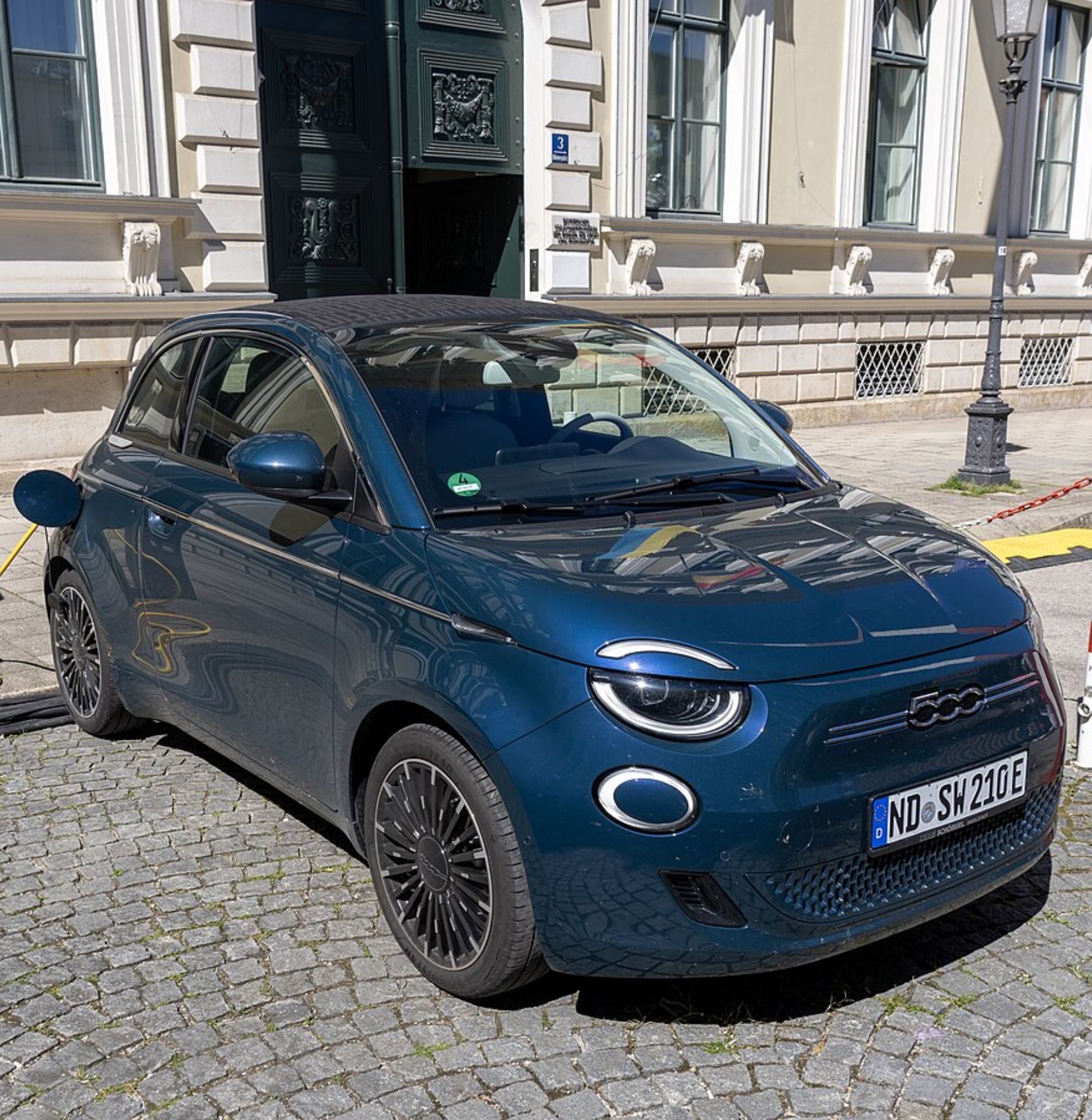
It was fun to drive and stylish to boot. But Fiat wasn’t serious about this car. The CEO even told people not to buy it. Sold only in California and Oregon, it came with big discounts but no long-term vision. A short-lived spark that never found direction.
Ford Focus Electric

This one barely made a blip. Its gas-car design didn’t help it stand out, and with only 115 miles of range, it was quickly outclassed. Marketing was minimal, and fast charging came too late. At over $30K, it faded into obscurity without much of a fight.
BMW i3

It had all the ingredients to stand out—carbon fiber body, bold design, clever engineering. But early models had tiny batteries (18.8 kWh), and those rear-hinged suicide doors made everyday use awkward. The optional gas extender only muddied the waters. This was a bold experiment that never really fit the market.
Toyota bZ4X

Not just a stumble—this one tripped at the starting line. Right after launch, wheels were literally falling off, forcing a major recall. Add a disappointing 228-mile range and extra weight, and Toyota’s EV debut didn’t impress. Even co-development with Subaru couldn’t steady this shaky start.
Tesla Roadster (First Gen)
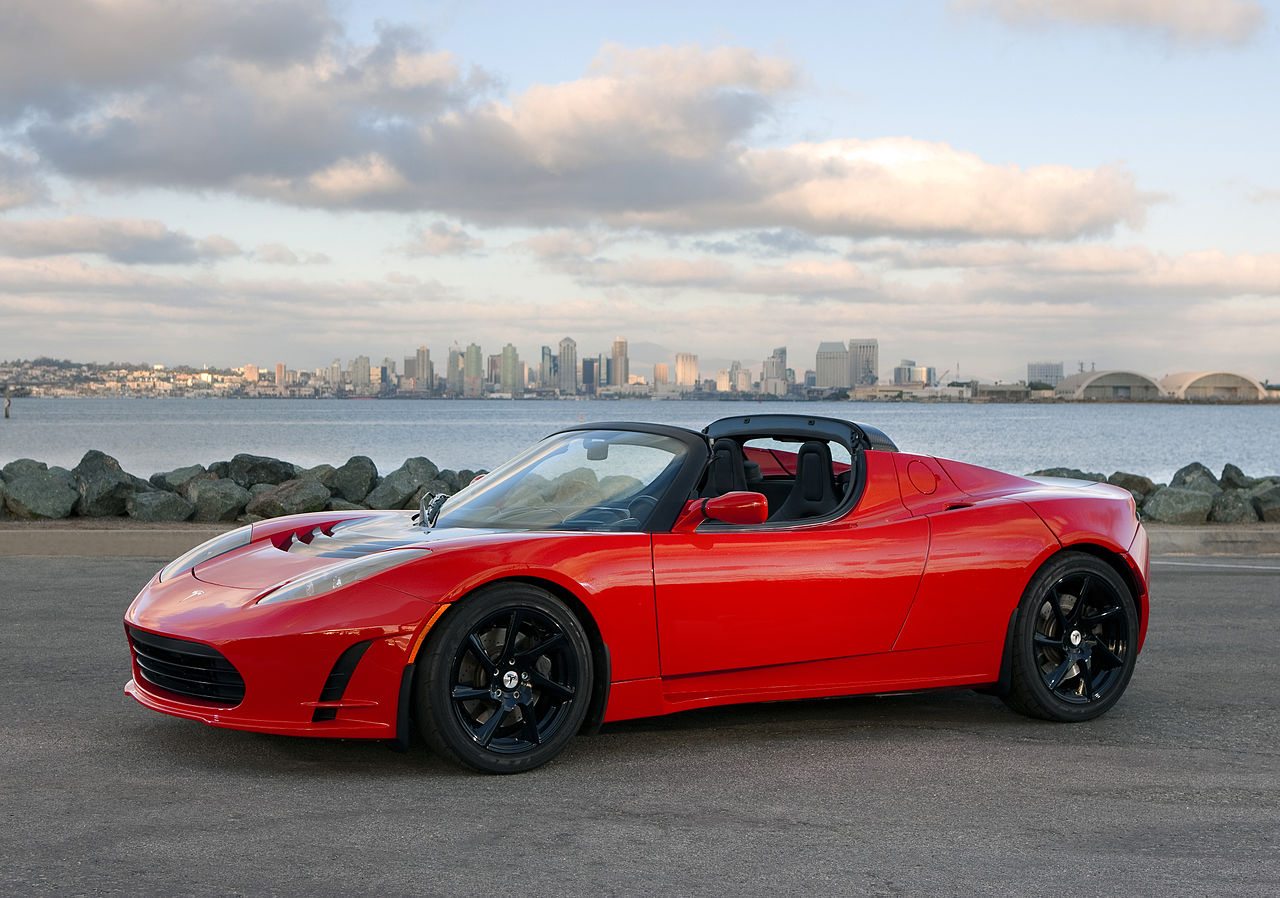
Lightning quick and built on a Lotus chassis, the first Roadster made a splash. But it was rare—only around 2,500 made—and came without Supercharger access. Servicing was a headache, and parts were tough to find. Great performance, from 0 to 60 in under 4 seconds, but the support structure wasn’t there.
Coda EV
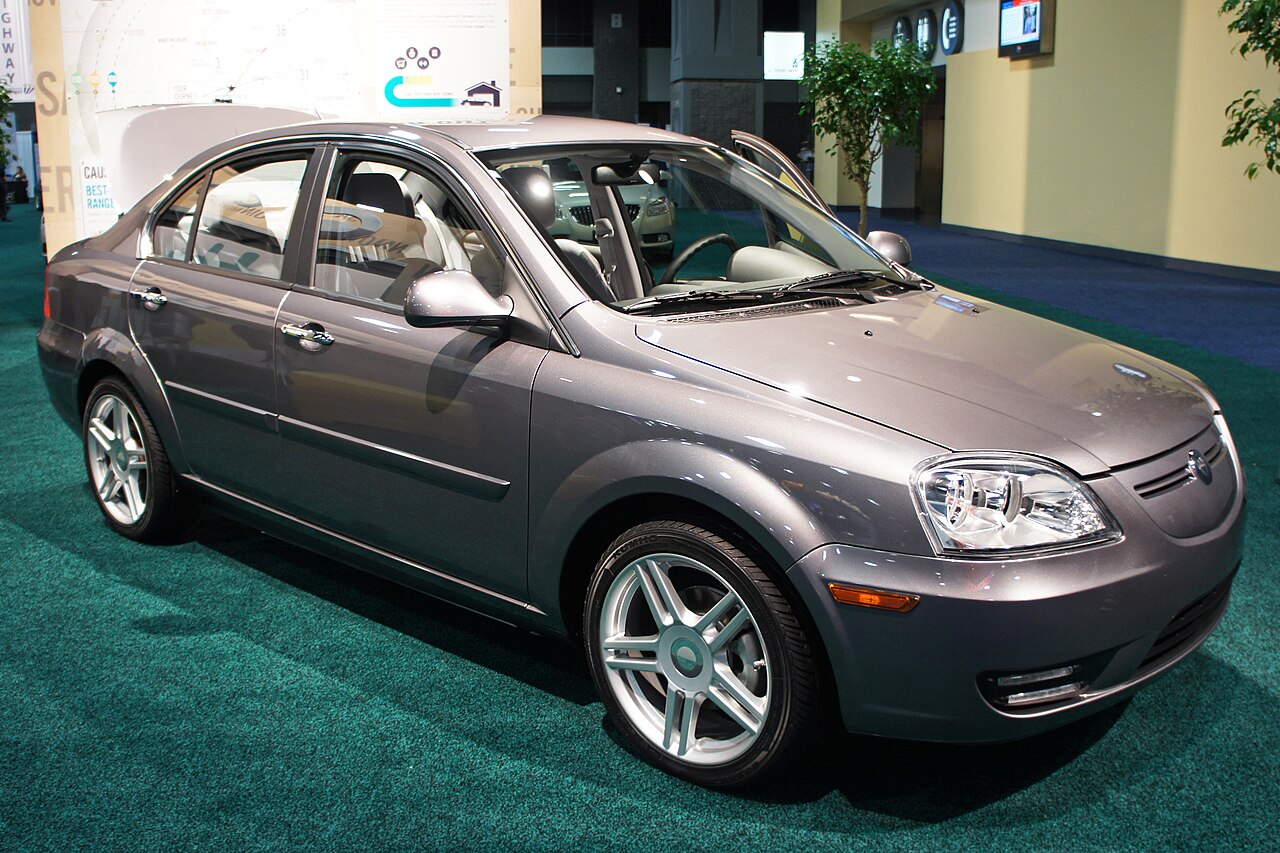
It launched during the early EV gold rush, but no one bought into the hype. The Coda’s 88-mile range was stuffed into a boxy body borrowed from a dated Chinese sedan. Additionally, fewer than 1,000 units were sold before bankruptcy hit. The dull interior sealed its fate as uninspired and unmemorable.
Karma Revero
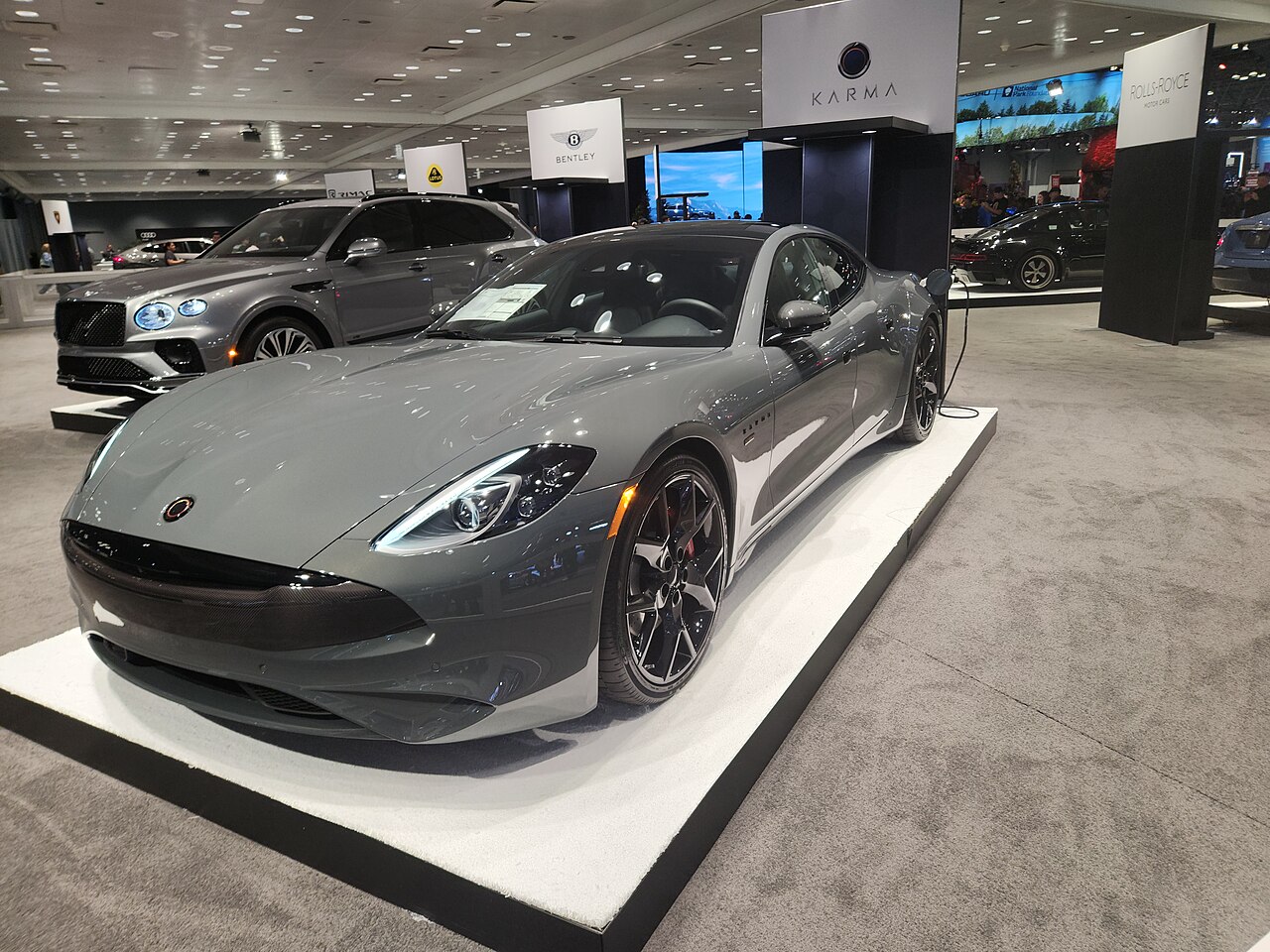
Looks weren’t the problem here. Under the hood, though, it was a different story. Built on the troubled Fisker Karma base, the Revero cost over $130K but delivered just 80 electric miles. Efficiency was weak, and reliability was worse. Even its sharp styling couldn’t save that tiny trunk or its reputation.
Smart EQ ForTwo
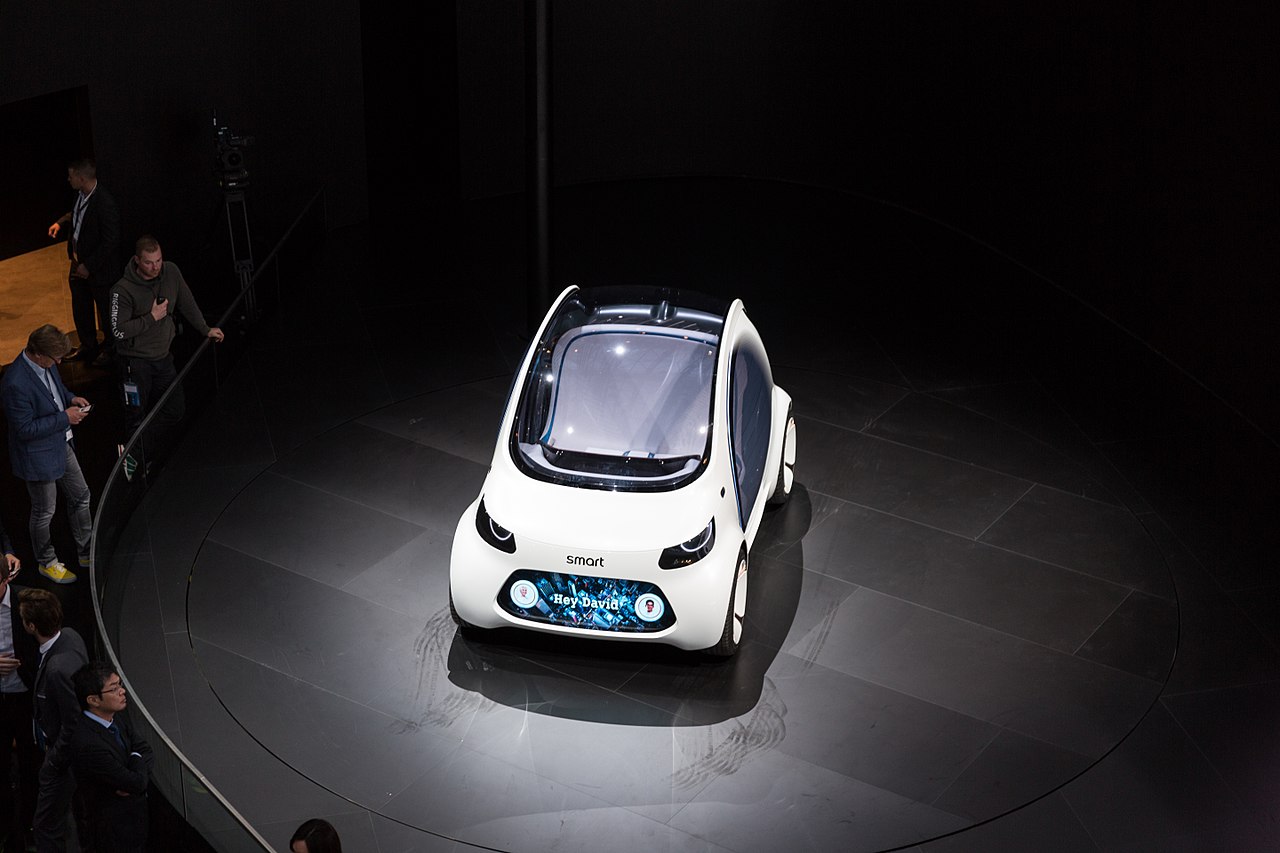
This little two-seater had an urban zip but nowhere to go. Its 58-mile range made daily use stressful, especially outside city limits. Highway speeds felt like a stretch, and it never gained traction in the US. Rear-motor fun couldn’t make up for cramped practicality and vanishing relevance.
Hyundai Ioniq Electric
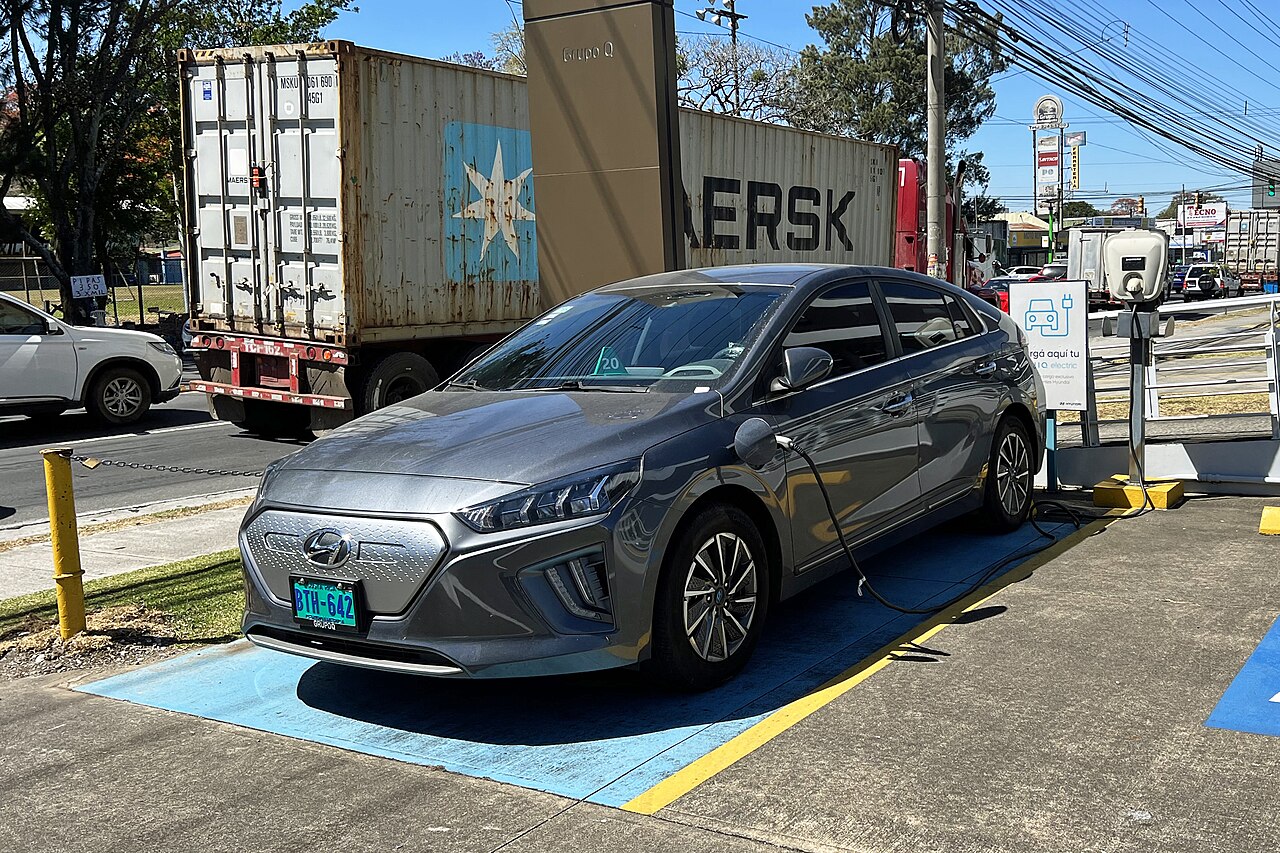
The Ioniq Electric shared a name with stronger siblings, but its battery didn’t keep up. With just 124 miles of range early on, it felt limited from the start. Rear seating was tight, and while efficiency impressed, rivals offered more for the money. It quietly faded behind hybrid alternatives.
Lucid Air Pure
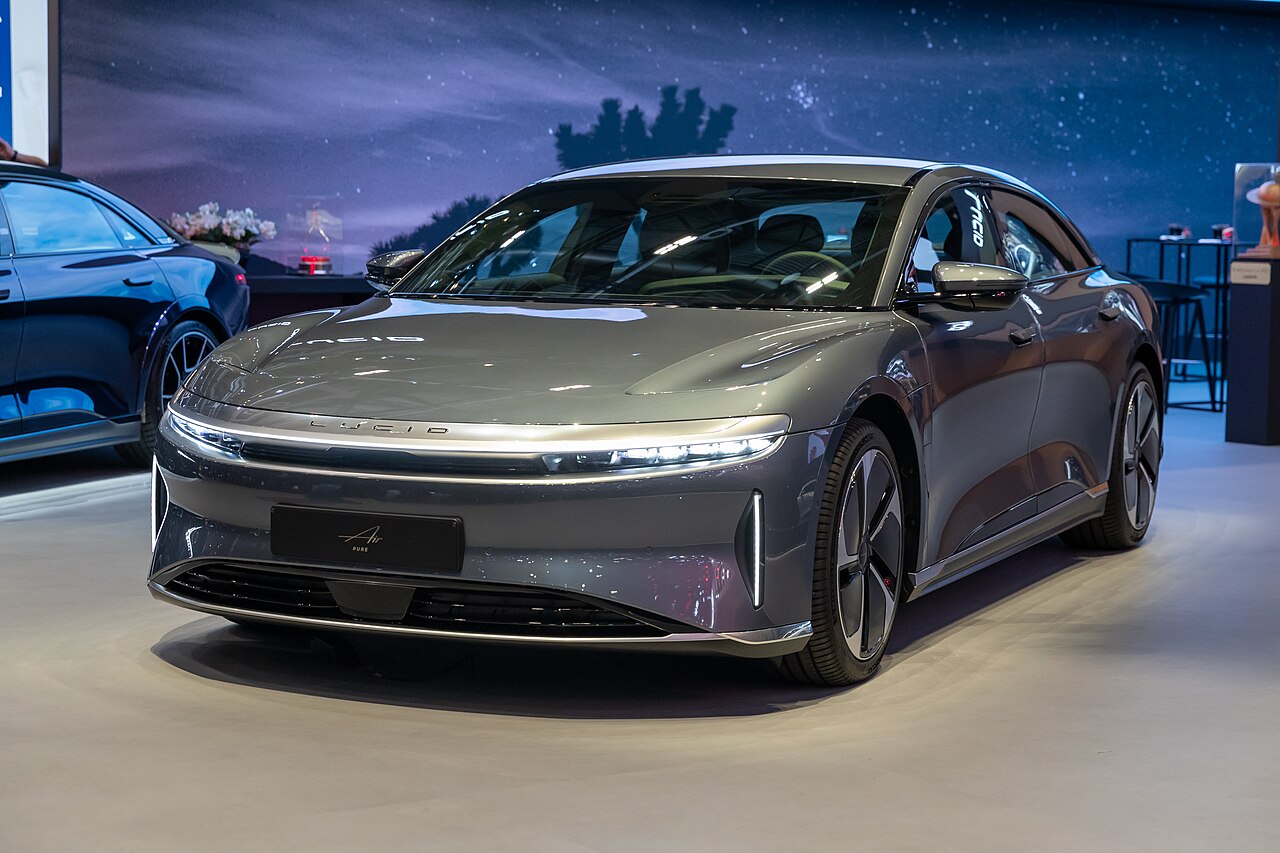
Touted for a massive range, the Air Pure looked promising. However, missed delivery targets and vague timelines hurt trust. Despite claims of 410+ miles, few have actually driven it. Premium trims grabbed all the spotlight, leaving this version in limbo. Interior quality swings didn’t help its shaky launch, either.
Mini Cooper SE
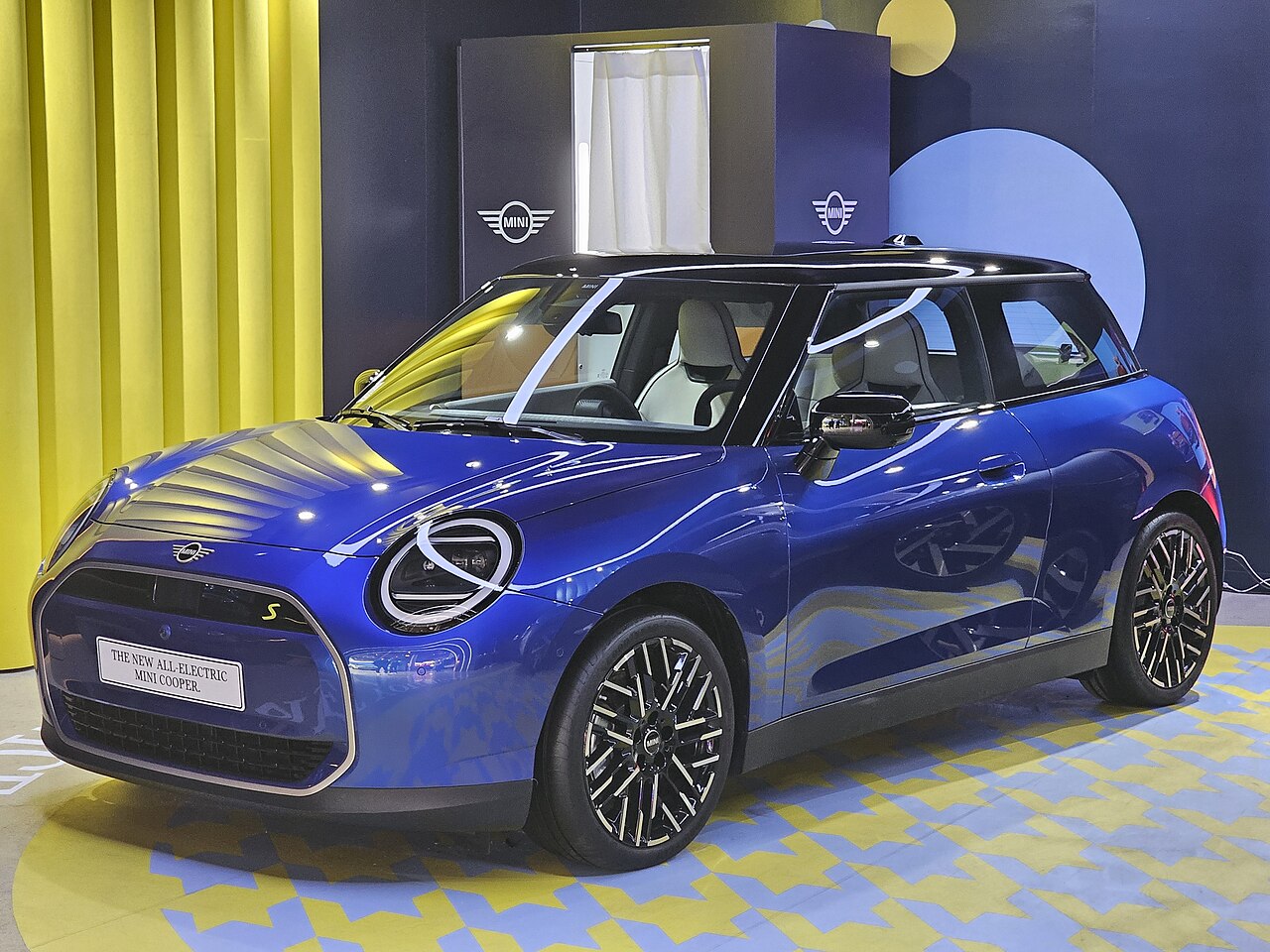
Classic Mini handling made this EV a blast in short bursts. But a range of just 114 miles—without upgrade options—turned off buyers. Cold weather performance dropped further, thanks to the lack of a heat pump. While fast off the line, its quirky charging port placement didn’t win points either.









